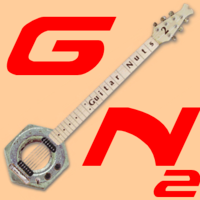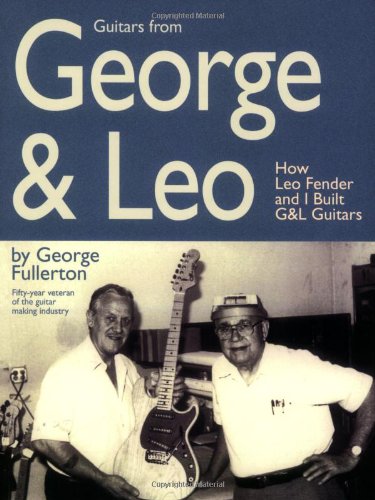I love the Fender TBX tone control and I’ve been installing it in all of my guitars. I understand the first half 1-5 is like a regular 250k tone pot and after that you switch to the 1MEG pot and it “extends” the bass and treble (which makes my pickups sound less muddy to my ears, and I love it.)
What I would like to do is skip the first half all together. How would I make a just the TBX part of the circuit? I’ve got available 1MEG pots here waiting to make it happen.
please help
What I would like to do is skip the first half all together. How would I make a just the TBX part of the circuit? I’ve got available 1MEG pots here waiting to make it happen.
please help




Comment